Home>Home Appliances>Kitchen Appliances>How To Clean The Delonghi Espresso Machine
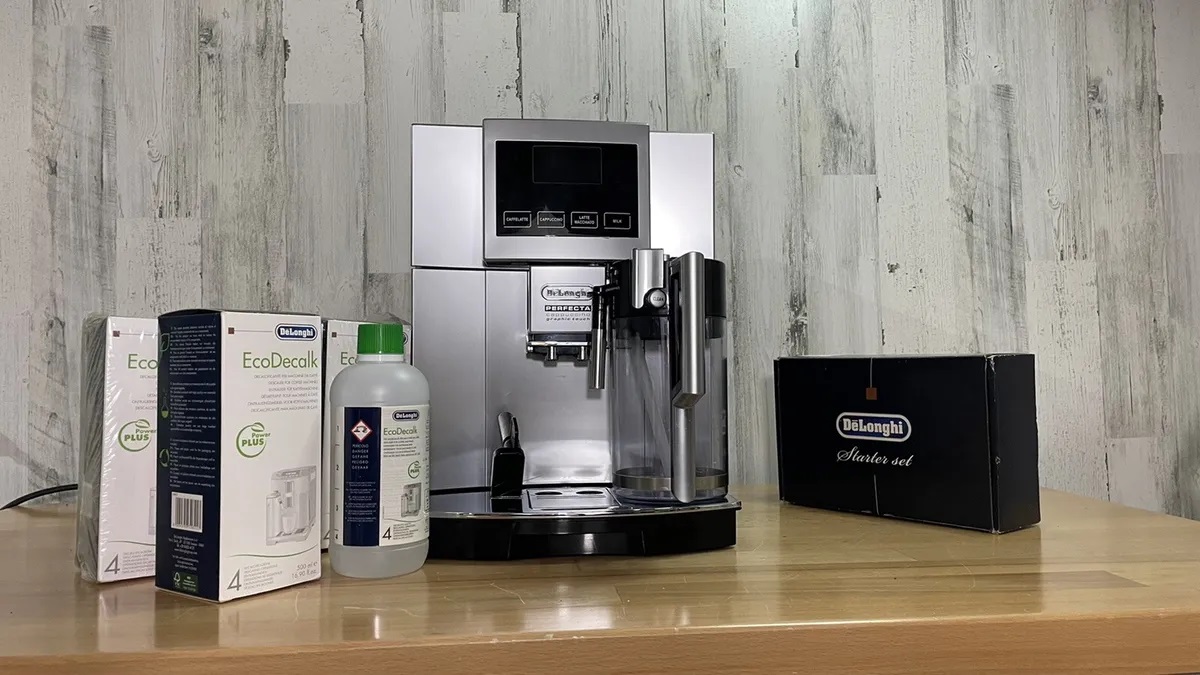

Kitchen Appliances
How To Clean The Delonghi Espresso Machine
Modified: October 19, 2024
Learn how to properly clean your Delonghi espresso machine for optimal performance and longevity. Discover essential maintenance tips for kitchen appliances.
(Many of the links in this article redirect to a specific reviewed product. Your purchase of these products through affiliate links helps to generate commission for Storables.com, at no extra cost. Learn more)
Introduction
Welcome to the world of delightful espresso brewing with your Delonghi espresso machine! Whether you're a seasoned barista or a coffee enthusiast exploring the art of home brewing, maintaining your espresso machine is essential for ensuring the quality and longevity of your coffee experience. In this comprehensive guide, we'll delve into the intricacies of cleaning and maintaining your Delonghi espresso machine, providing you with practical insights to keep your appliance in top-notch condition.
A well-maintained espresso machine not only guarantees a consistently rich and flavorful coffee but also extends the lifespan of the appliance. Neglecting the cleaning and maintenance of your machine can lead to a buildup of coffee residues, mineral deposits, and impurities, ultimately affecting the taste and performance of your espresso maker.
By understanding the components of your Delonghi espresso machine and implementing regular cleaning routines, you can savor the purest coffee flavors and relish the brewing experience to the fullest. So, let's embark on this journey to discover the best practices for cleaning and maintaining your Delonghi espresso machine, ensuring that every cup of espresso is a delightful indulgence.
Key Takeaways:
- Consistent cleaning and maintenance ensure your Delonghi espresso machine delivers pure, flavorful coffee, reflecting your dedication to home brewing and extending the machine’s lifespan.
- A clean espresso machine equals untainted coffee flavors, allowing you to savor the nuances of each brew while embracing the art of espresso brewing with confidence.
Understanding Your Delonghi Espresso Machine
Before delving into the cleaning procedures, it’s crucial to familiarize yourself with the key components of your Delonghi espresso machine. Understanding the machine’s anatomy will not only facilitate the cleaning process but also empower you to identify areas that require regular maintenance.
1. Boiler System: The boiler is the heart of your espresso machine, responsible for heating water to the optimal brewing temperature. Depending on the model, your Delonghi machine may feature a single or dual boiler system, each with specific cleaning requirements.
2. Portafilter and Filter Baskets: The portafilter is the handle-like device that holds the coffee grounds during the brewing process. It is essential to keep the portafilter and filter baskets clean to prevent the buildup of coffee residues, which can affect the flavor and quality of the espresso.
3. Frothing Wand: If your Delonghi espresso machine is equipped with a frothing wand for steaming milk, it’s important to maintain this component to ensure optimal frothing performance and hygiene.
4. Water Reservoir: The water reservoir holds the water used for brewing espresso. Regular cleaning of the reservoir prevents the accumulation of impurities and mineral deposits, safeguarding the quality of your coffee.
5. Control Panel and Display: Some Delonghi models are equipped with digital displays and control panels. While these components do not require extensive cleaning, it’s important to keep them free from spills and splatters to maintain their functionality.
By familiarizing yourself with these essential components, you’ll be better equipped to execute the cleaning and maintenance tasks with precision, ensuring that your Delonghi espresso machine operates at its best, delivering exceptional coffee with every brew.
Cleaning the Exterior
The exterior of your Delonghi espresso machine not only contributes to its aesthetic appeal but also reflects your commitment to maintaining a clean and hygienic brewing environment. Here’s a step-by-step guide to cleaning the exterior of your machine:
- Unplug the Machine: Before initiating the cleaning process, ensure that the espresso machine is unplugged to prevent any electrical mishaps.
- Use a Damp Cloth: Wipe the exterior surfaces of the machine with a soft, damp cloth to remove any dust, coffee splatters, or fingerprints. For stubborn stains, a mild detergent can be added to the damp cloth, ensuring that the cleaning agent is non-abrasive to prevent damage to the machine’s finish.
- Clean the Steam Wand: If your machine is equipped with a steam wand for frothing milk, it’s essential to wipe it clean after each use. Use a damp cloth to remove any milk residues and ensure that the wand is free from blockages.
- Polish the Exterior: To maintain the luster of the machine’s exterior, use a dry, soft cloth to gently polish the surfaces. This step adds a final touch, leaving your espresso machine looking pristine and inviting.
- Focus on Details: Pay attention to details such as buttons, knobs, and the drip tray. Use a soft brush or cloth to clean these areas thoroughly, preventing the accumulation of coffee residues or debris.
By incorporating these cleaning practices into your routine, you can ensure that the exterior of your Delonghi espresso machine remains visually appealing while promoting a hygienic brewing environment. Additionally, regular cleaning of the exterior enhances the overall presentation of your coffee station, reflecting your dedication to the art of espresso brewing.
Cleaning the Water Tank
The water tank of your Delonghi espresso machine plays a pivotal role in delivering pristine water for brewing. Regular cleaning of the water tank is essential to prevent the accumulation of impurities and maintain the quality of your espresso. Here’s how to effectively clean the water tank:
- Empty the Water Tank: Start by removing the water tank from the machine and emptying any remaining water.
- Wash with Mild Detergent: Prepare a solution of warm water and mild dish detergent. Use a sponge or cloth to clean the interior of the water tank, ensuring that all surfaces are thoroughly scrubbed to remove any residue or scale buildup.
- Rinse Thoroughly: After cleaning, rinse the water tank with fresh water to remove any soapy residue. Ensure that no detergent or cleaning agents are left behind, as they can affect the taste and quality of the water used for brewing.
- Air Dry Completely: Allow the water tank to air dry completely before reassembling it with the espresso machine. This step prevents the growth of mold or mildew and ensures that the water tank is ready for immediate use.
- Inspect for Scale: Periodically inspect the water tank for any signs of scale or mineral deposits. If scale is present, consider using a descaling solution recommended by Delonghi to remove the buildup and maintain the performance of your machine.
By incorporating these steps into your maintenance routine, you can uphold the purity of the water used in your espresso brewing, ultimately enhancing the flavor and aroma of your coffee. A clean water tank not only contributes to the quality of your espresso but also prolongs the longevity of your Delonghi espresso machine, ensuring a delightful coffee experience with every cup.
Cleaning the Coffee Grounds Container
The coffee grounds container of your Delonghi espresso machine is integral to the brewing process, housing the used coffee grounds after extraction. Regular cleaning of this component is essential to prevent the buildup of residues and maintain the hygiene of your machine. Here’s a comprehensive guide to cleaning the coffee grounds container:
- Empty the Container: After brewing espresso, remove the coffee grounds container from the machine and discard the used coffee grounds in a compost bin or trash receptacle.
- Wash with Mild Detergent: Using warm, soapy water and a non-abrasive sponge or cloth, thoroughly clean the coffee grounds container, ensuring that all residues and oils are removed. Pay attention to any crevices or corners where coffee residues may accumulate.
- Rinse and Dry: Rinse the container with fresh water to remove any soapy residue, and allow it to air dry completely before reinserting it into the espresso machine.
- Inspect for Residues: Periodically inspect the coffee grounds container for any stubborn residues or oils that may require additional cleaning. If necessary, repeat the cleaning process or use a mild coffee machine cleaning solution to maintain the container’s cleanliness.
By incorporating these cleaning practices into your routine, you can ensure that the coffee grounds container remains free from residues and odors, contributing to the freshness and purity of your espresso brewing. Additionally, maintaining a clean container prolongs the lifespan of your Delonghi espresso machine, ensuring that each brewing cycle delivers exceptional coffee flavors without any lingering traces of previous extractions.
To clean your Delonghi espresso machine, regularly descale it with a mixture of water and descaling solution to remove mineral buildup and run a cycle of water through the machine to flush out any remaining residue.
Read more: How To Use The Delonghi Espresso Machine
Cleaning the Drip Tray and Drip Tray Grille
The drip tray and drip tray grille of your Delonghi espresso machine play a crucial role in managing excess water and coffee drips, maintaining a tidy brewing environment. Regular cleaning of these components is essential to prevent the buildup of coffee residues and ensure the hygiene of your machine. Here’s a detailed guide to cleaning the drip tray and drip tray grille:
- Remove the Drip Tray and Grille: Carefully slide out the drip tray and remove the drip tray grille from the machine.
- Discard Excess Liquid and Debris: Dispose of any liquid and coffee debris collected in the drip tray. This initial step prevents the accumulation of mold and odors in the tray.
- Wash with Warm, Soapy Water: Using a mild dish detergent and warm water, clean the drip tray and grille with a sponge or cloth, ensuring that all surfaces are thoroughly scrubbed to remove any residues or stains.
- Rinse and Dry: Rinse the components with fresh water to remove any soapy residue, and allow them to air dry completely before reassembling them with the espresso machine.
- Inspect for Buildup: Periodically inspect the drip tray and grille for any stubborn residues or mineral deposits. If necessary, use a non-abrasive cleaning solution to maintain the cleanliness of these components.
By incorporating these cleaning practices into your routine, you can ensure that the drip tray and grille remain free from odors and residues, promoting a clean and inviting brewing environment. Additionally, maintaining these components contributes to the overall hygiene and presentation of your Delonghi espresso machine, reflecting your dedication to the art of espresso brewing.
Cleaning the Frothing Attachment
The frothing attachment of your Delonghi espresso machine is instrumental in creating velvety milk froth for lattes, cappuccinos, and other specialty coffee beverages. Proper maintenance of the frothing attachment is essential to ensure optimal frothing performance and hygiene. Here’s a comprehensive guide to cleaning the frothing attachment:
- Purge the Steam Wand: Before and after each use, purge the steam wand by releasing a short burst of steam to expel any milk residues and prevent blockages.
- Wipe the Exterior: After each use, use a damp cloth to wipe the exterior of the frothing attachment, removing any milk splatters or residues. This step prevents the buildup of dried milk, which can affect the quality of froth produced during subsequent use.
- Soak in Hot, Soapy Water: If the frothing attachment is removable, soak it in hot, soapy water to loosen any milk residues. Allow it to soak for a few minutes to facilitate easy cleaning.
- Clean with a Frothing Attachment Brush: Use a specialized frothing attachment cleaning brush to remove any milk residues from the interior and steam vent of the attachment. Ensure that all openings are clear to maintain optimal frothing performance.
- Rinse and Sanitize: Thoroughly rinse the frothing attachment with fresh water to remove any soapy residue. If your machine features a steam function, you can sanitize the attachment by purging steam for a few seconds, ensuring that any remaining residues are expelled.
- Inspect for Blockages: Periodically inspect the frothing attachment for any blockages or stubborn residues. If necessary, use a specialized milk frother cleaning solution or Delonghi-approved descaling solution to maintain the cleanliness and functionality of the attachment.
By adhering to these cleaning practices, you can ensure that the frothing attachment of your Delonghi espresso machine remains free from milk residues and blockages, allowing you to consistently create creamy, well-textured froth for your favorite coffee beverages. Additionally, proper maintenance of the frothing attachment enhances the overall hygiene and performance of your espresso machine, elevating your coffee brewing experience to new heights.
Descaling the Machine
Over time, mineral deposits from water, known as limescale, can accumulate within the internal components of your Delonghi espresso machine, affecting its performance and the flavor of your coffee. Descaling is a crucial maintenance task that helps remove these deposits, ensuring the optimal functionality of your machine and the purity of your espresso. Here’s a comprehensive guide to descaling your Delonghi espresso machine:
- Check the Manufacturer’s Guidelines: Refer to the user manual or guidelines provided by Delonghi to determine the recommended descaling frequency and the type of descaling solution to use. Delonghi offers specific descaling products designed for their espresso machines.
- Prepare the Descaling Solution: Dilute the recommended amount of descaling solution in water according to the manufacturer’s instructions. Ensure that the solution is evenly mixed before proceeding.
- Empty the Water Tank: Remove any remaining water from the machine’s water tank and pour the prepared descaling solution into the tank.
- Initiate the Descaling Cycle: Follow the machine’s descaling procedure, which typically involves activating the descaling mode or running a descaling program. This allows the solution to flow through the internal components, effectively removing limescale and mineral deposits.
- Rinse the System: After the descaling cycle is complete, thoroughly rinse the water tank and run multiple cycles of clean water through the machine to flush out any remaining descaling solution.
- Clean External Components: Wipe the exterior of the machine with a damp cloth to remove any descaling solution that may have splattered during the process. Pay attention to buttons, knobs, and the steam wand, ensuring that all surfaces are clean and free from residues.
- Sanitize the Frothing Attachment: If applicable, use the steam function to purge steam through the frothing attachment, ensuring that any descaling solution residues are expelled.
By diligently descaling your Delonghi espresso machine as recommended by the manufacturer, you can prevent limescale buildup and maintain the pristine condition of the internal components. This not only preserves the machine’s performance but also safeguards the flavor and aroma of your espresso, ensuring a consistently delightful coffee experience with each brew.
Conclusion
Congratulations on mastering the art of cleaning and maintaining your Delonghi espresso machine! By understanding the intricacies of your machine’s components and implementing regular cleaning routines, you’ve taken a proactive step towards ensuring the longevity and exceptional performance of your espresso maker. As you savor each rich and aromatic cup of espresso, you can take pride in the meticulous care you’ve invested in your beloved machine.
Remember, a well-maintained espresso machine not only delivers exquisite coffee but also reflects your dedication to the craft of home brewing. By following the comprehensive cleaning guidelines provided, you’ve safeguarded the purity of your espresso, ensuring that every sip is a delightful indulgence.
As you continue your journey in the world of espresso brewing, consider these key takeaways:
- Consistency is Key: Incorporate regular cleaning and maintenance routines into your coffee brewing ritual to uphold the pristine condition of your machine.
- Hygiene Equals Quality: A clean espresso machine translates to pure, untainted coffee flavors, allowing you to appreciate the nuances of each brew.
- Longevity Through Care: By maintaining your Delonghi espresso machine, you’re extending its lifespan and ensuring that it continues to be a cherished companion in your coffee journey.
Embrace the art of espresso brewing with confidence, knowing that your Delonghi espresso machine is primed for delivering exceptional coffee experiences. With your newfound expertise in cleaning and maintenance, you’re well-equipped to elevate your home brewing endeavors and delight in the captivating aromas and flavors of freshly brewed espresso.
Here’s to many more moments of coffee bliss, crafted with care and savored with joy!
Now that you've mastered cleaning your Delonghi espresso machine, why stop there? Maintaining its performance involves more than just a good scrub. Regular descaling is vital to keep your machine in tip-top shape and ensure that every cup of coffee remains a delight. Curious about the necessary intervals for this critical upkeep? Our next article delves deep into the frequency of descaling espresso machines, guiding you through essential maintenance steps.
Frequently Asked Questions about How To Clean The Delonghi Espresso Machine
Was this page helpful?
At Storables.com, we guarantee accurate and reliable information. Our content, validated by Expert Board Contributors, is crafted following stringent Editorial Policies. We're committed to providing you with well-researched, expert-backed insights for all your informational needs.
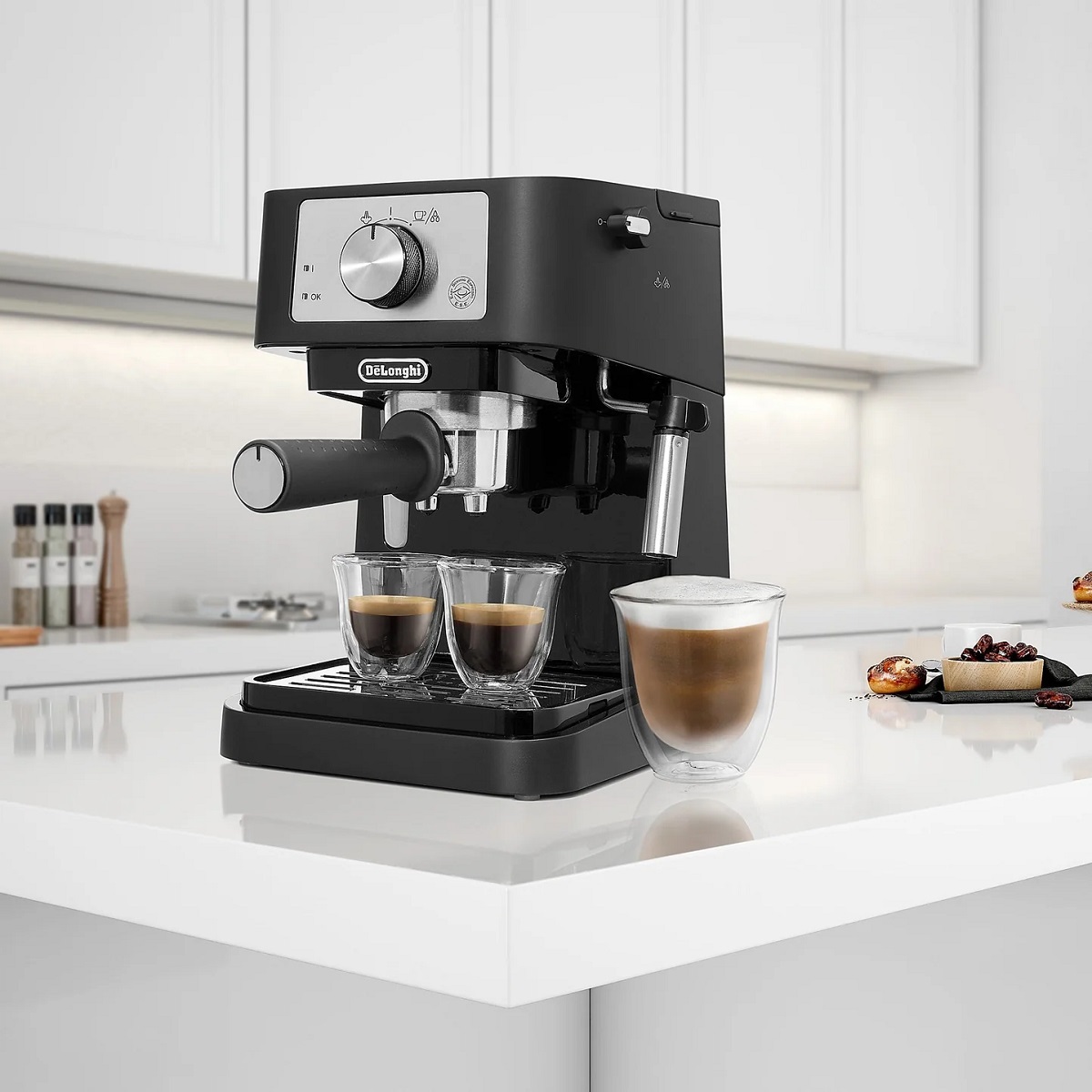
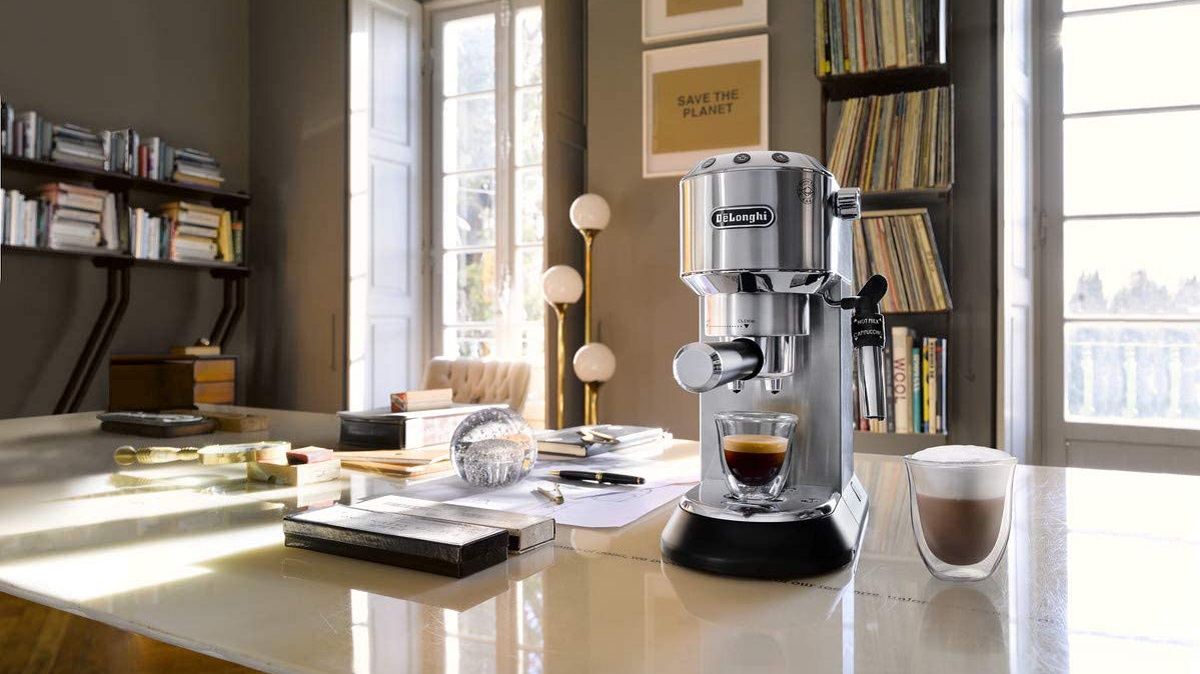
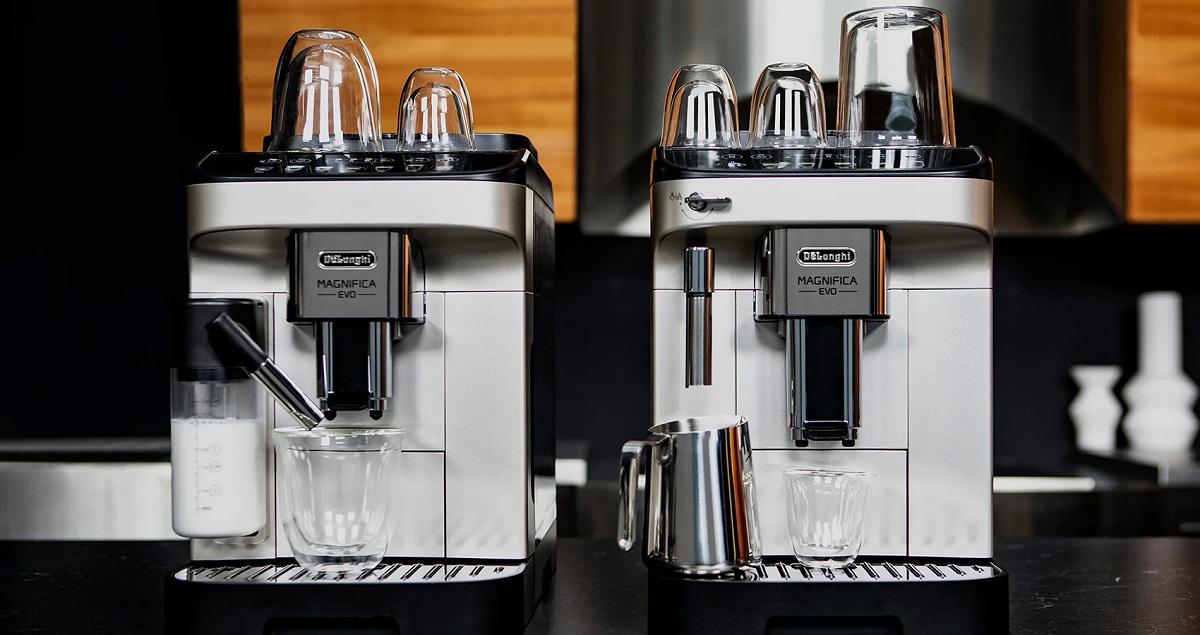
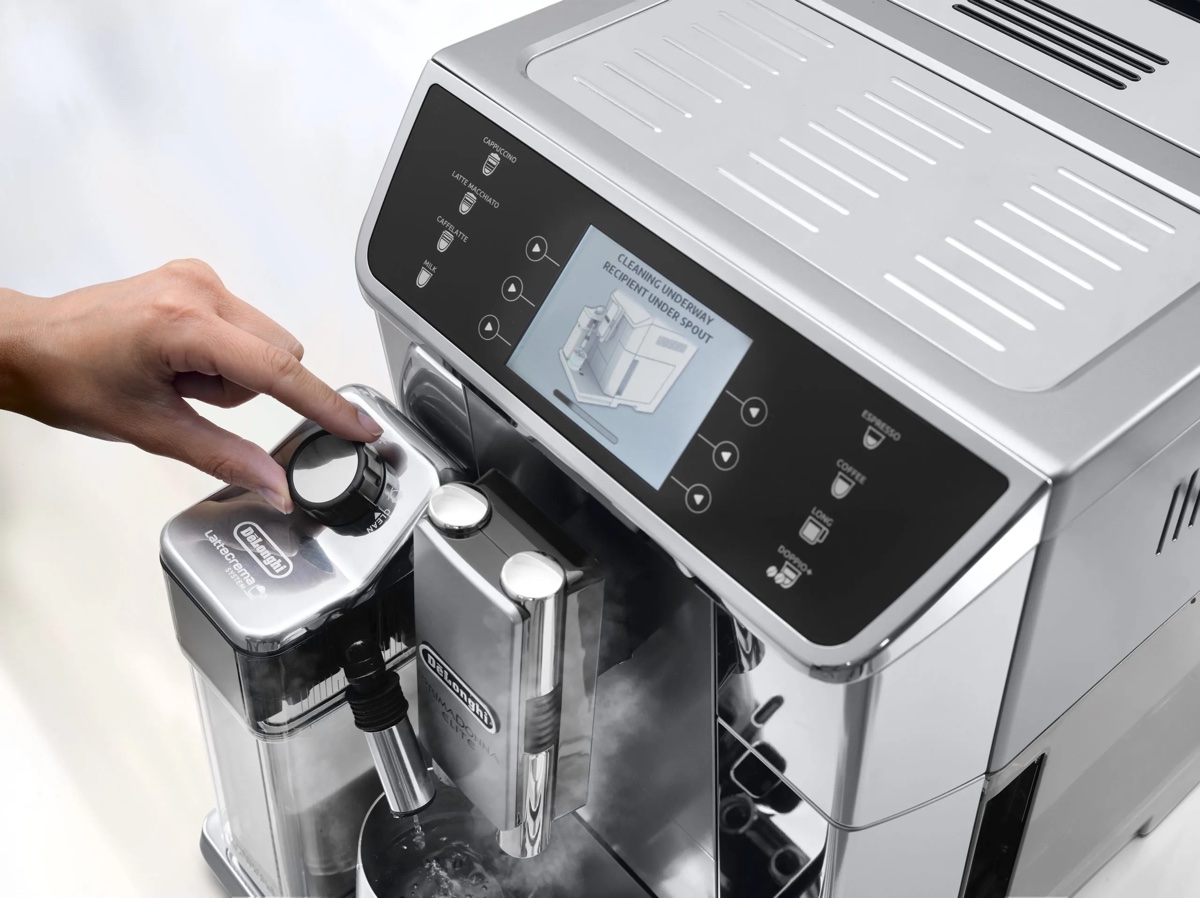
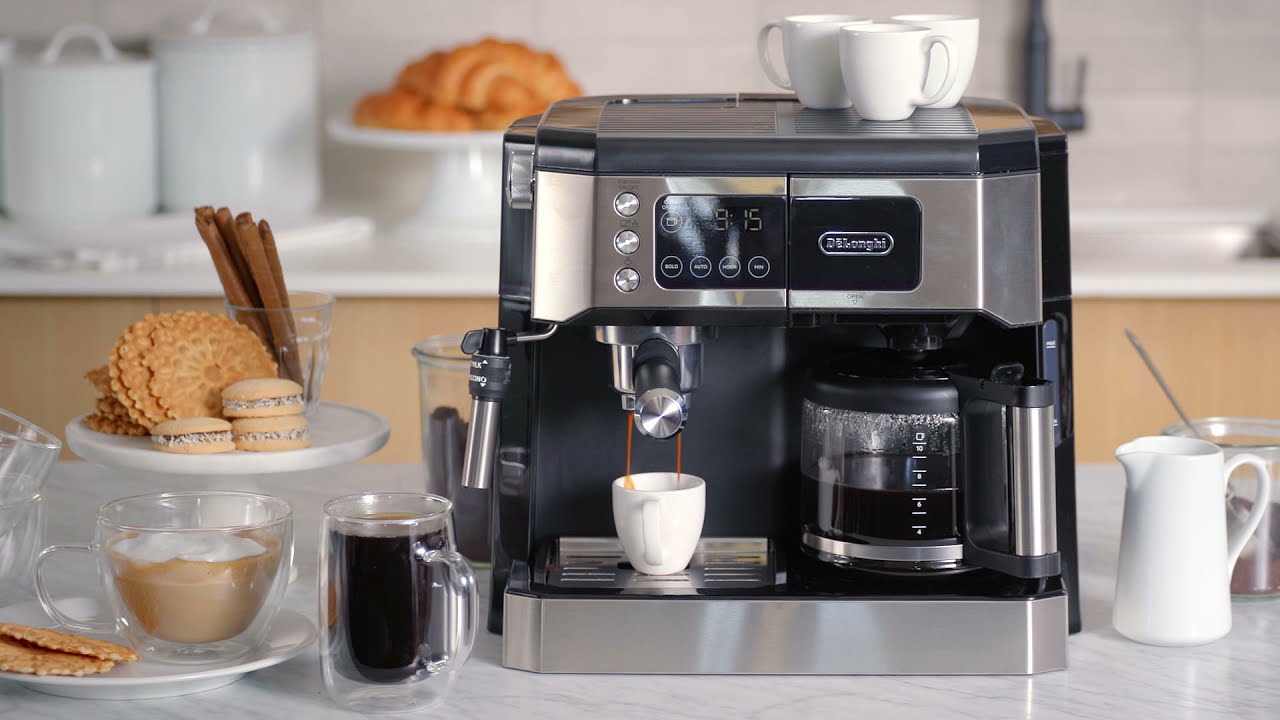
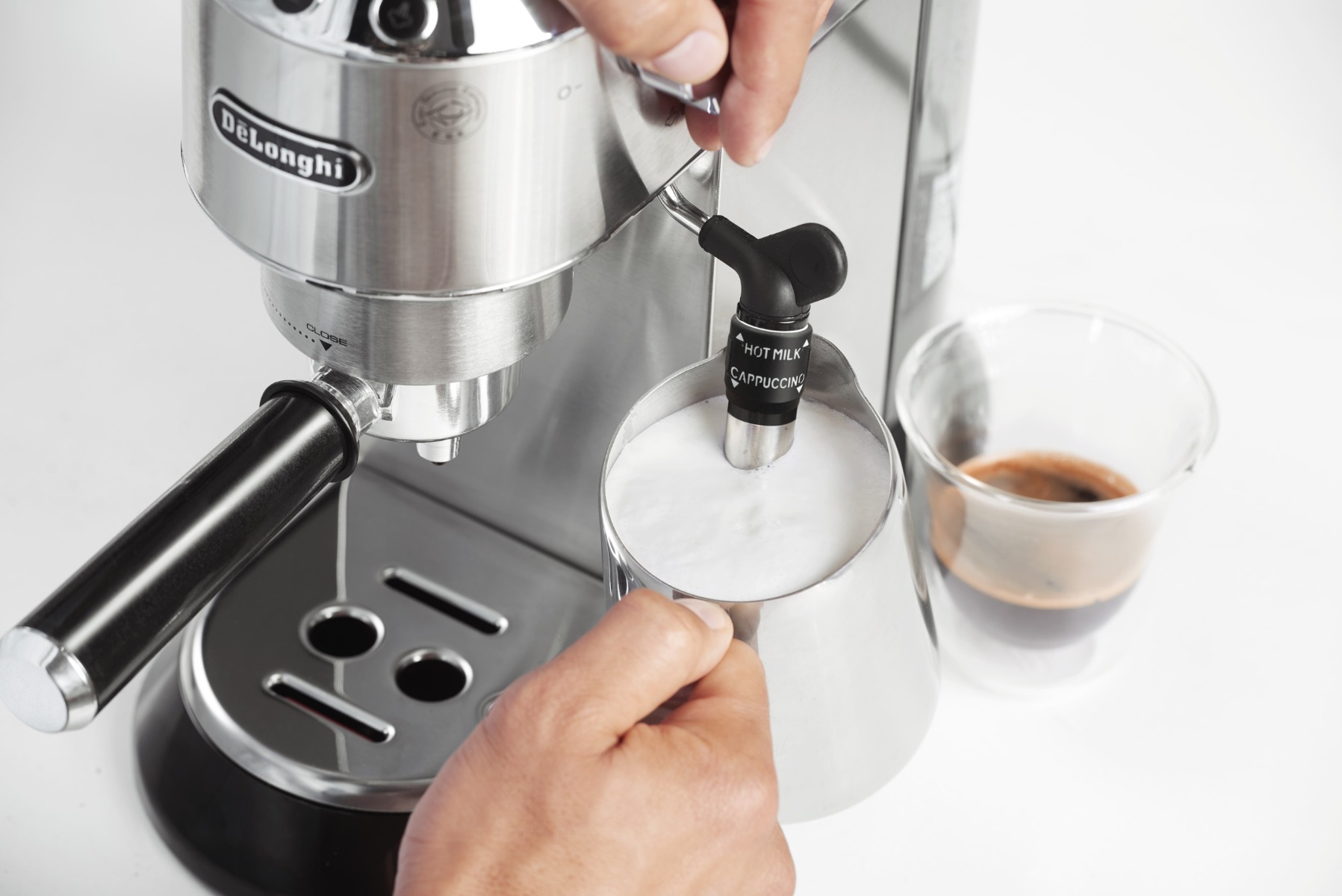
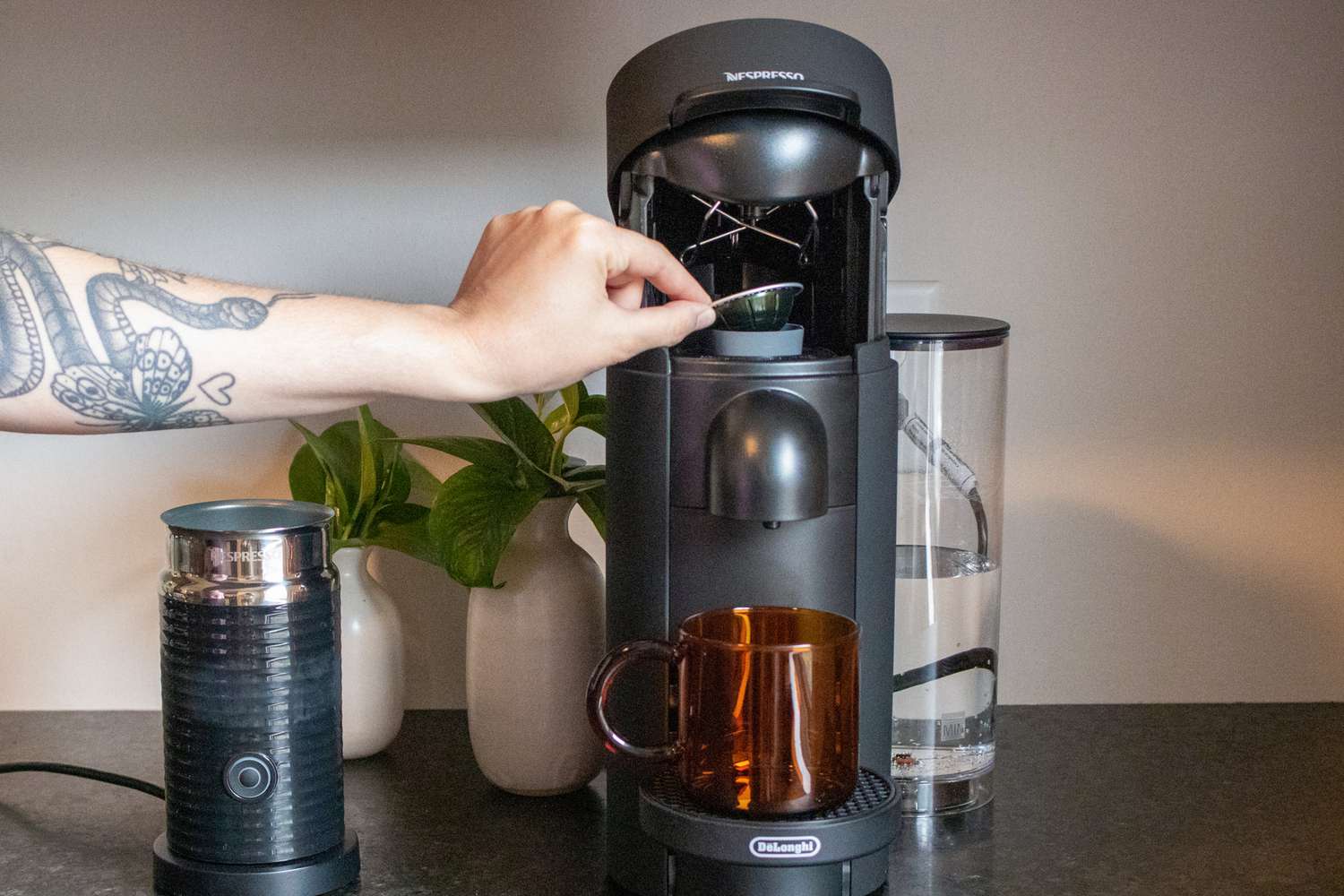
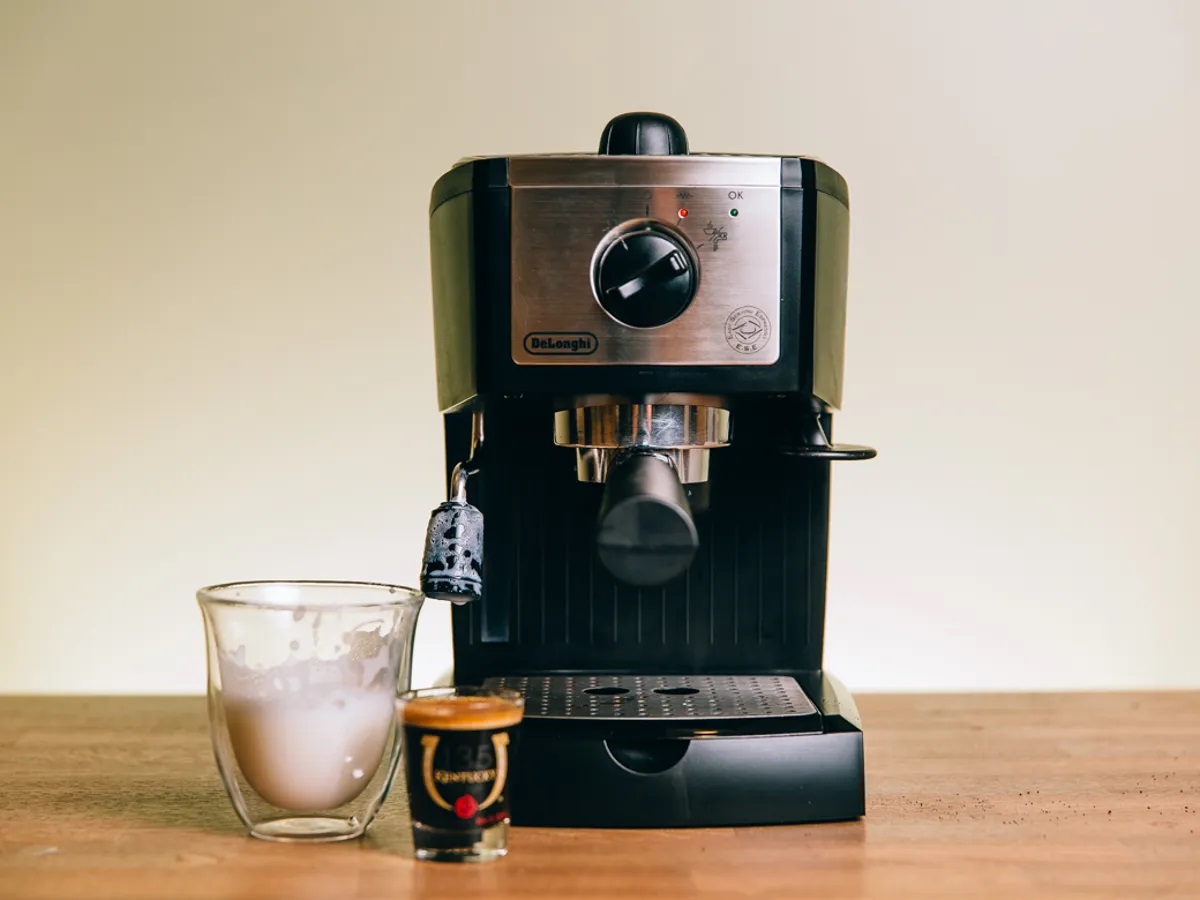
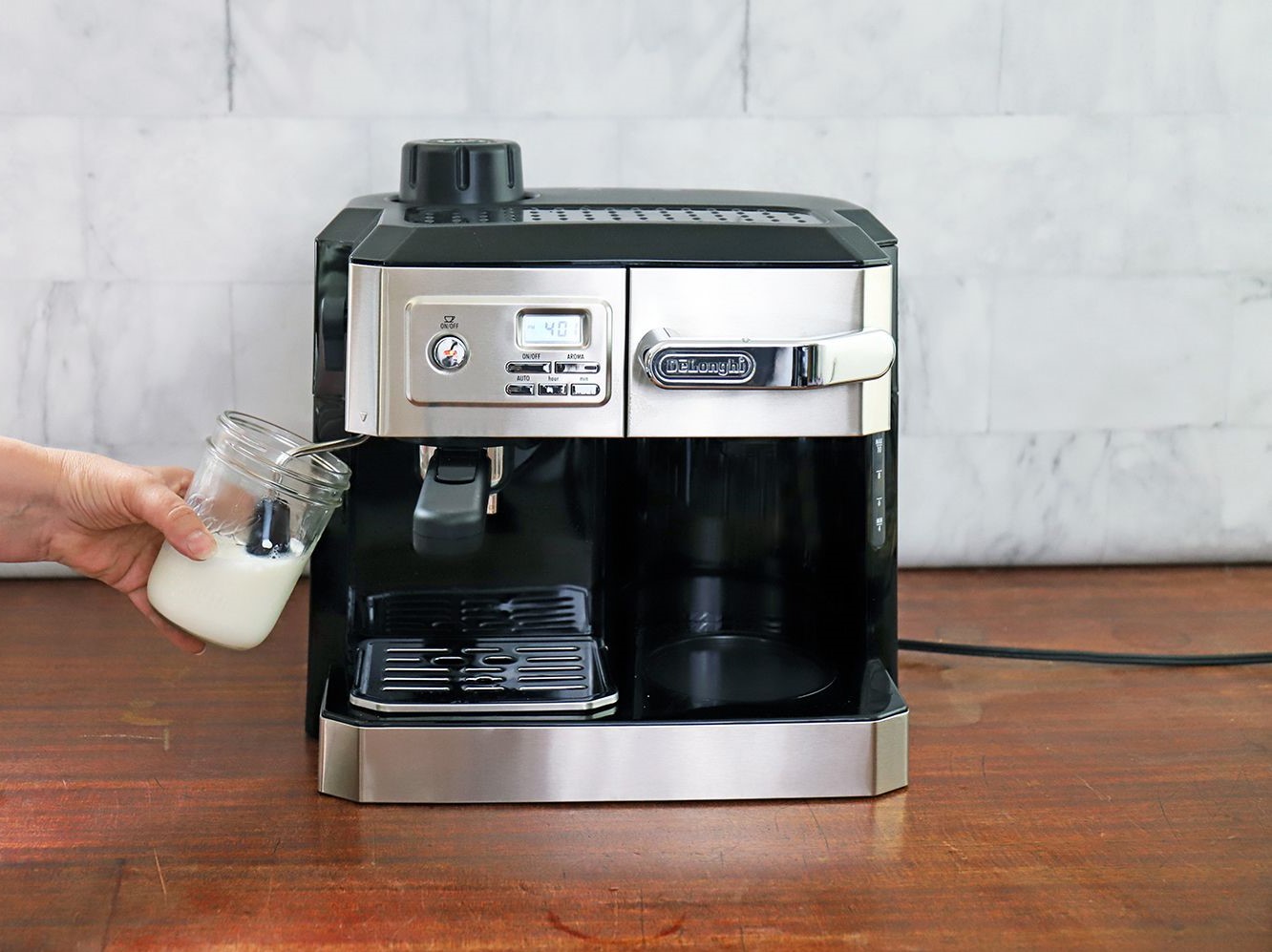

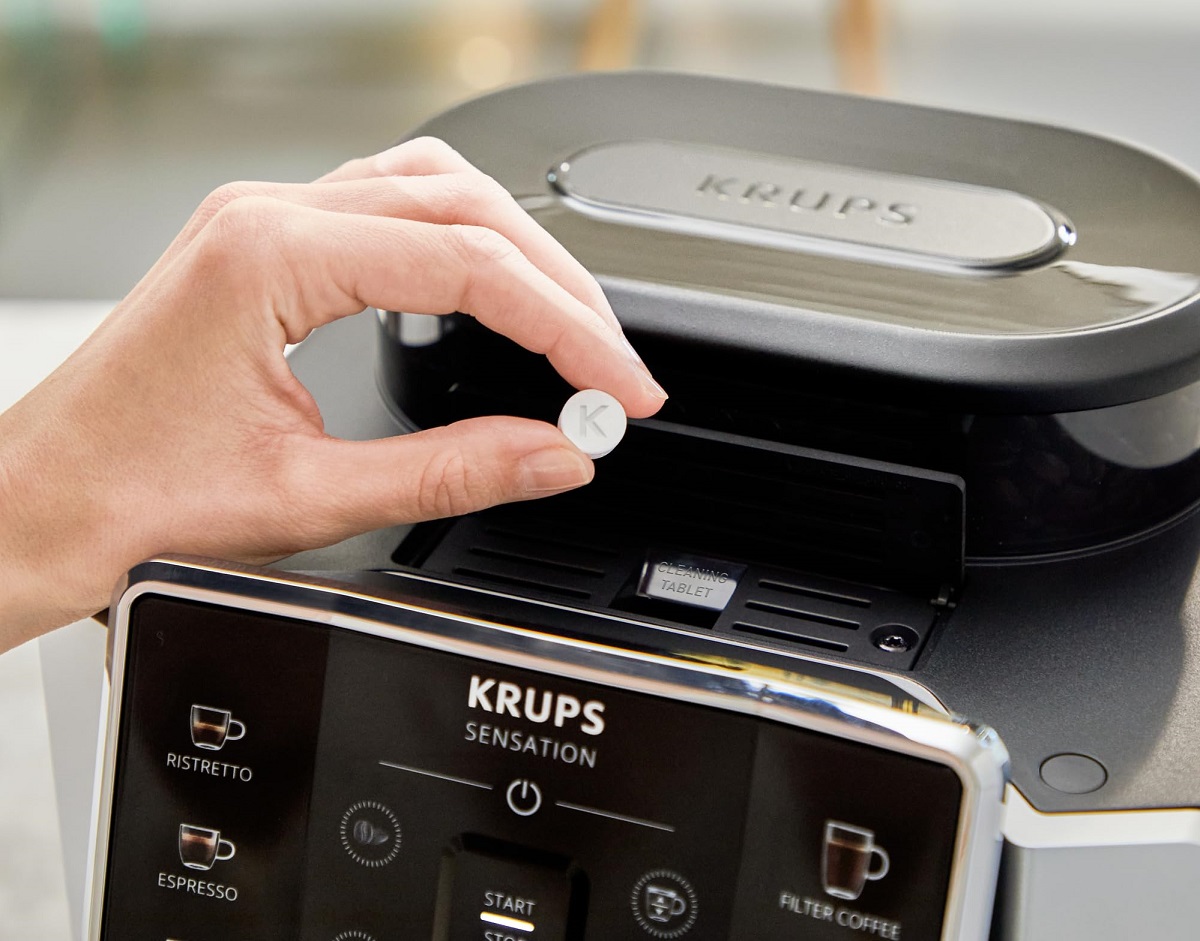

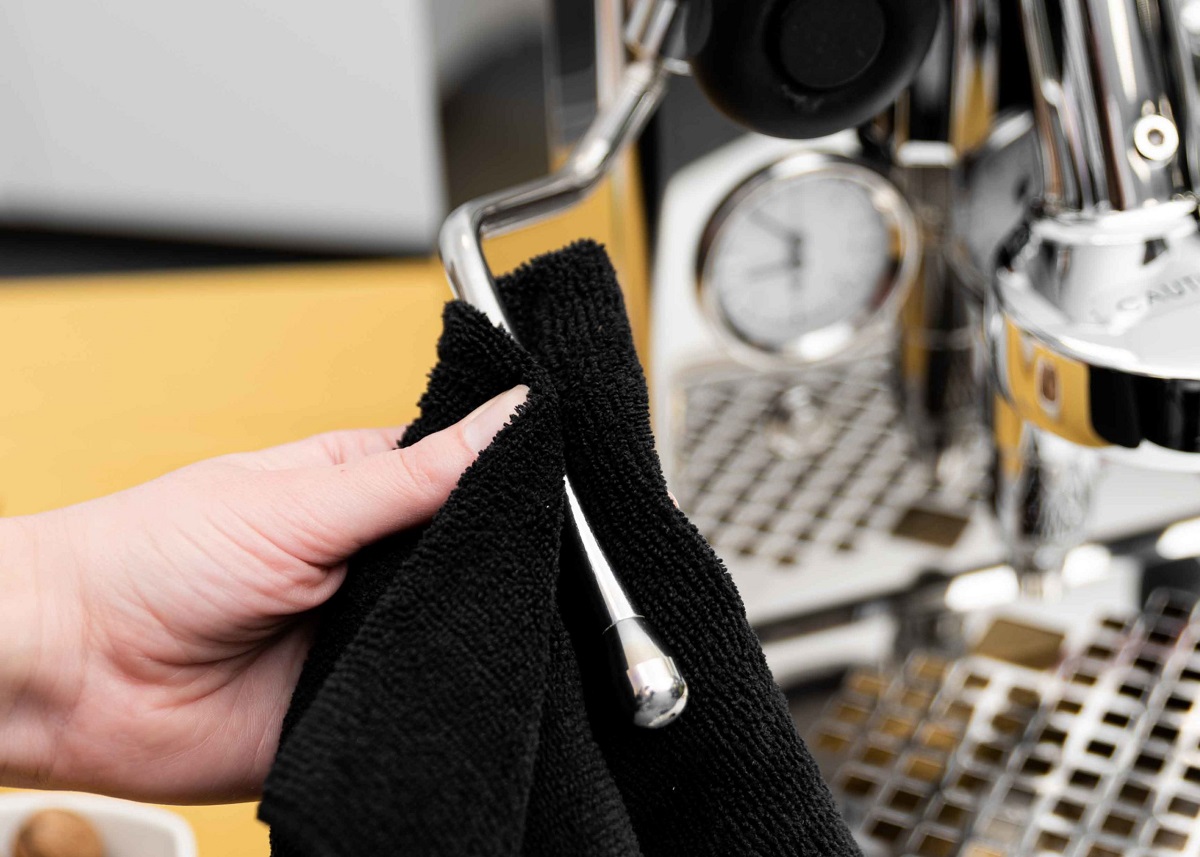
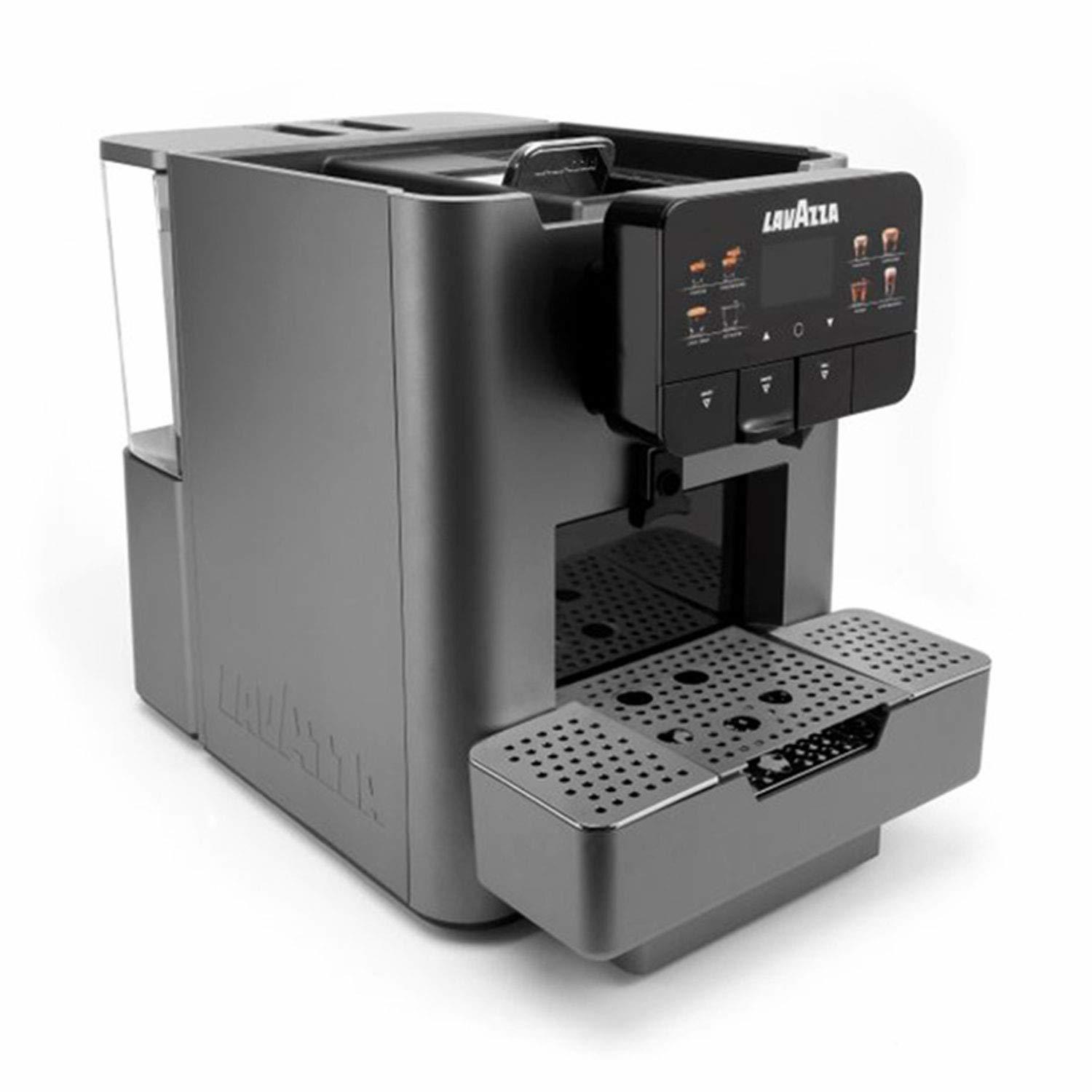

0 thoughts on “How To Clean The Delonghi Espresso Machine”